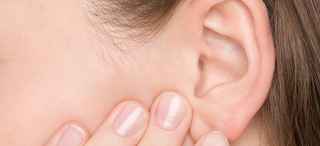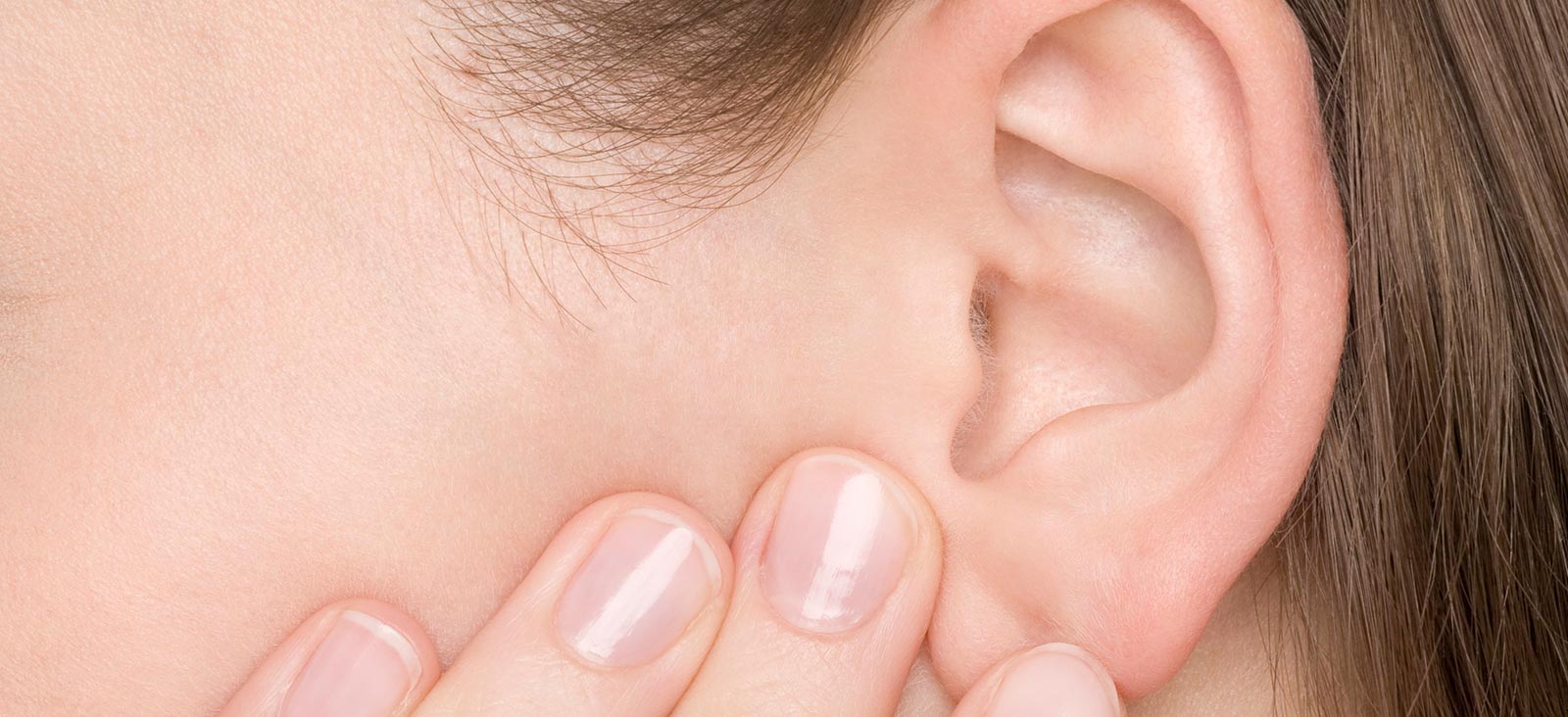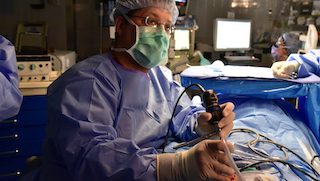What Can Patients Expect with Otoplasty?
During Otoplasty
The procedure generally takes two to three hours and is performed under general anesthesia.
The surgeon will make incisions (typically behind or within the folds of the ears) to reshape cartilage or remove/add tissue. Internal sutures secure the new shape, and external sutures close the incisions.
Otoplasty can be performed with minimal postoperative bandaging. Using a thin silicone dressing behind the ear provides a more discreet and presentable option than traditional bandaging.
After Otoplasty
After surgery, the ears are covered with protective bandages. Patients may experience soreness, bruising, itching, or swelling. A headband may be recommended at night to protect the ears during sleep.
Follow-up appointments are needed to monitor healing and remove sutures if they are not dissolvable. Most dressings are removed after a few days.
Patients can usually return to regular activities such as work as soon as one day after surgery. Full recovery typically takes six to eight weeks, though visual improvements are noticeable within two to three weeks.
Children may return to school after about one week but should avoid physical activities such as sports or recess for several weeks.





